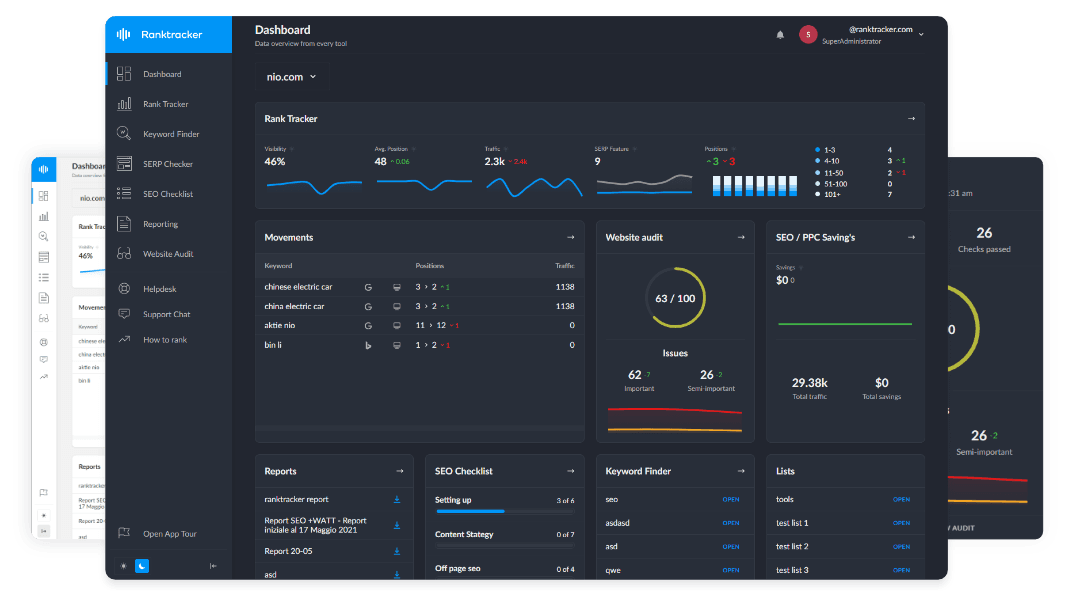Intro
Contextual coverage refers to the completeness and depth of information a website provides on a specific topic. Google prioritizes content that demonstrates comprehensive topical authority and semantic relevance, ensuring users find accurate, in-depth answers to their queries.
Why Contextual Coverage Matters for SEO:
- Enhances topical authority and search rankings.
- Improves Google’s understanding of content relationships.
- Aligns with semantic search and intent-based ranking factors.
How Google Uses Contextual Coverage for Rankings
1. Evaluating Topic Completeness & Semantic Relevance
- Google assesses whether a page fully covers a subject.
- Sites with shallow content or missing subtopics may rank lower.
2. Matching Content to Search Intent
- Comprehensive content is prioritized for informational, transactional, and navigational queries.
- Example:
- "SEO Strategy Guide" should cover keyword research, on-page SEO, technical SEO, and link building.
3. Reinforcing Entity Relationships & Google’s Knowledge Graph
- Strong contextual coverage strengthens entity recognition.
- Example:
- A page about "Tesla" should mention electric vehicles, Elon Musk, sustainable energy, and autopilot technology.
How to Optimize for Contextual Coverage
✅ 1. Use Topic Clusters & Pillar Content
- Organize content into pillar pages with supporting subtopics.
- Example:
- Pillar Page: "Ultimate SEO Guide"
- Supporting Pages: "Keyword Research Techniques," "Link Building Strategies," "Technical SEO Best Practices."
✅ 2. Optimize for Semantic Keywords & Related Terms
- Use LSI keywords, synonyms, and natural variations.
- Tools like Google NLP API & Ranktracker’s Keyword Finder help identify related terms.
✅ 3. Improve Internal Linking for Topic Relevance
- Link contextually related articles to reinforce connections.
- Example:
- "SEO for Beginners" should link to "Advanced SEO Techniques".
✅ 4. Implement Structured Data for Better Context Recognition
- Use FAQ, Article, and How-To Schema to enhance contextual understanding.
- Example:
- "SEO Tools Guide" benefits from Product Schema & Review Schema.
✅ 5. Regularly Update & Expand Content
- Refresh outdated data, statistics, and insights.
- Add new subtopics and FAQs to maintain relevance.
Tools to Analyze & Improve Contextual Coverage
- Google NLP API – Evaluate semantic relevance and entity coverage.
- Ranktracker’s SERP Checker – Analyze search visibility for topic clusters.
- Surfer SEO & Clearscope – Optimize content for NLP-driven keyword relationships.
Conclusion: Leveraging Contextual Coverage for SEO Success
Comprehensive contextual coverage strengthens search rankings, topical authority, and user engagement. By optimizing topic clusters, semantic keywords, and structured data, websites can maximize their search engine relevance and organic visibility.
For expert SEO tools, explore Ranktracker’s advanced SEO solutions and optimize your contextual coverage today!

